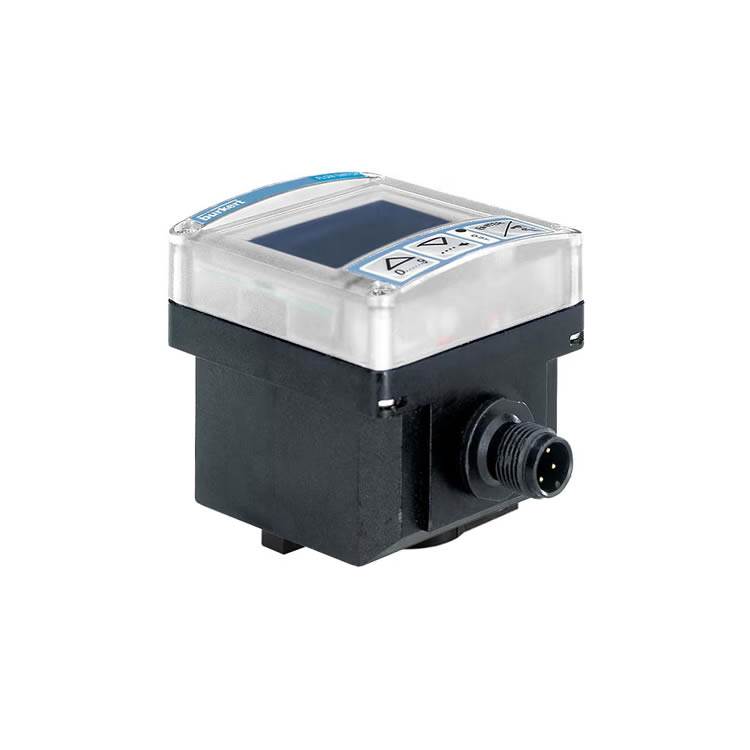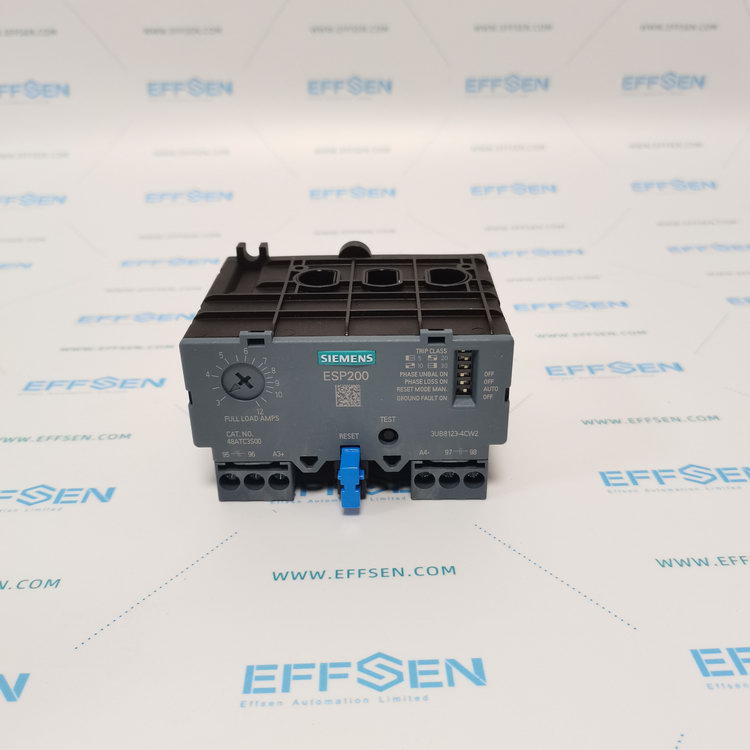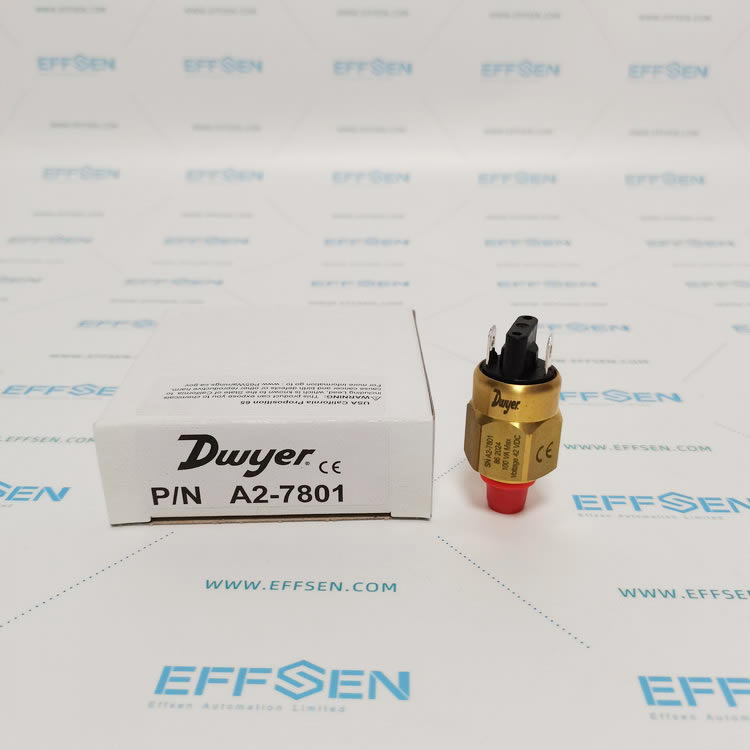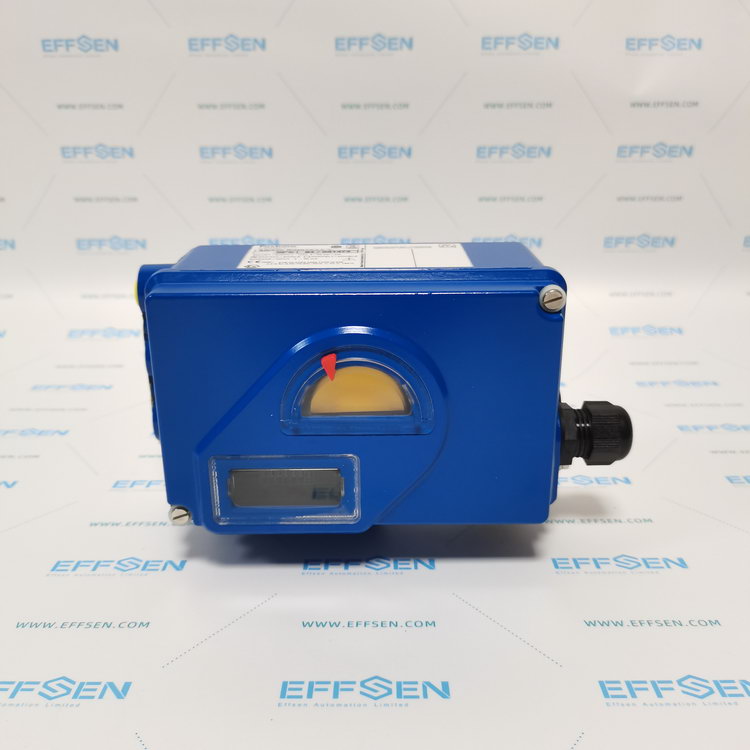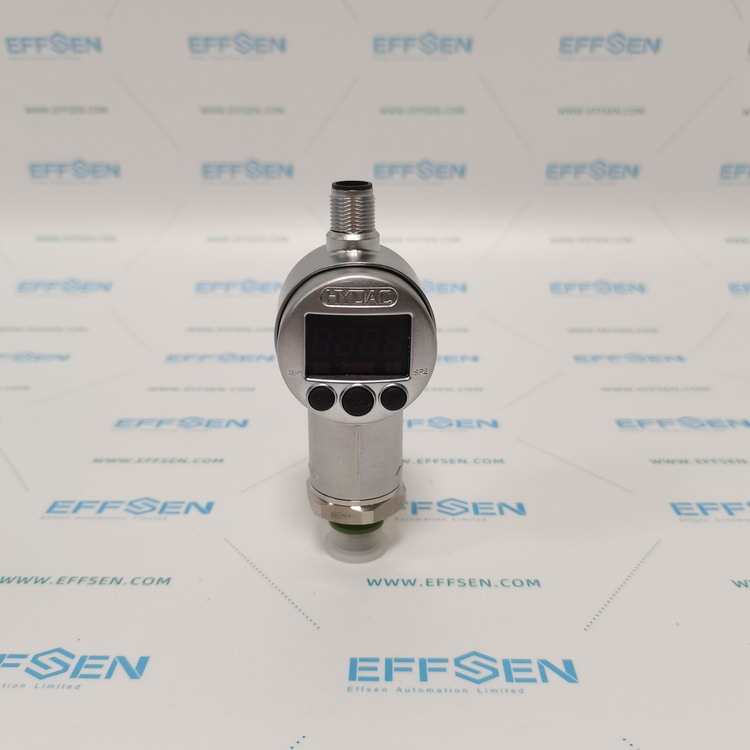Burkert SE32-560547 Inline flow switch with display
Core functions
Flow measurement and display
Measuring principle: Based on thermal or mechanical (depending on the model) flow sensing technology.
Measuring range: Depends on the medium and pipe size
Display: Integrated LCD display, real-time display of flow value (unit optional: L/min, GPM, etc.).
Switch output
Relay output: 1~2 programmable relays (SPDT or NO/NC) for flow over-limit alarm or pump/valve control.
Set point adjustment: The trigger threshold can be set by key or communication interface (such as action when the flow is lower/higher than the set value).
Signal output (optional)
Analog output: 4~20mA or 0~10V (corresponding to the flow value, need to confirm the model suffix).
Digital communication: Some models support RS485 (Modbus RTU) or fieldbus.
Other functions
Temperature display (if integrated temperature sensor).
Self-diagnosis: sensor failure or pipeline empty pipe alarm.
Technical Parameters
Project Parameters
Media: Liquid (water, oil, chemical liquid, etc., compatibility needs to be confirmed)
Pipe size: DN8~DN50 (or 1/4"~2"), depending on the model
Material: Wetted parts: stainless steel (316L), PPS, PVDF, etc. (corrosion-resistant options)
Pressure range: 0~16 bar (standard), higher pressure requires special models
Temperature range Medium temperature: -10°C to +90°C (standard)
Power supply: 24V DC or 100~230V AC (depending on the model suffix)
Protection level: IP65 (panel)/ IP67 (sensor part)
Installation method: In-line thread (G½", NPT, etc.) or flange connection, low straight pipe section requirement
Features and advantages
Plug and play: No external flow meter required, directly installed in the pipeline.
High accuracy: Thermal principle is sensitive to low flow (can measure small flow changes).
Multi-function display: Simultaneously displays flow, temperature, relay status.
Corrosion-resistant design: Suitable for chemical media (optional PTFE seal or Hastelloy electrode).
Low maintenance: No moving parts (thermal model), high long-term stability.






